This luxury smart telescope will have you in awe of stars, solar systems, galaxies and nebulae in minutes
Money no object: The versatile Unistellar Odyssey Pro is perfect for the stargazing newbies who can afford it
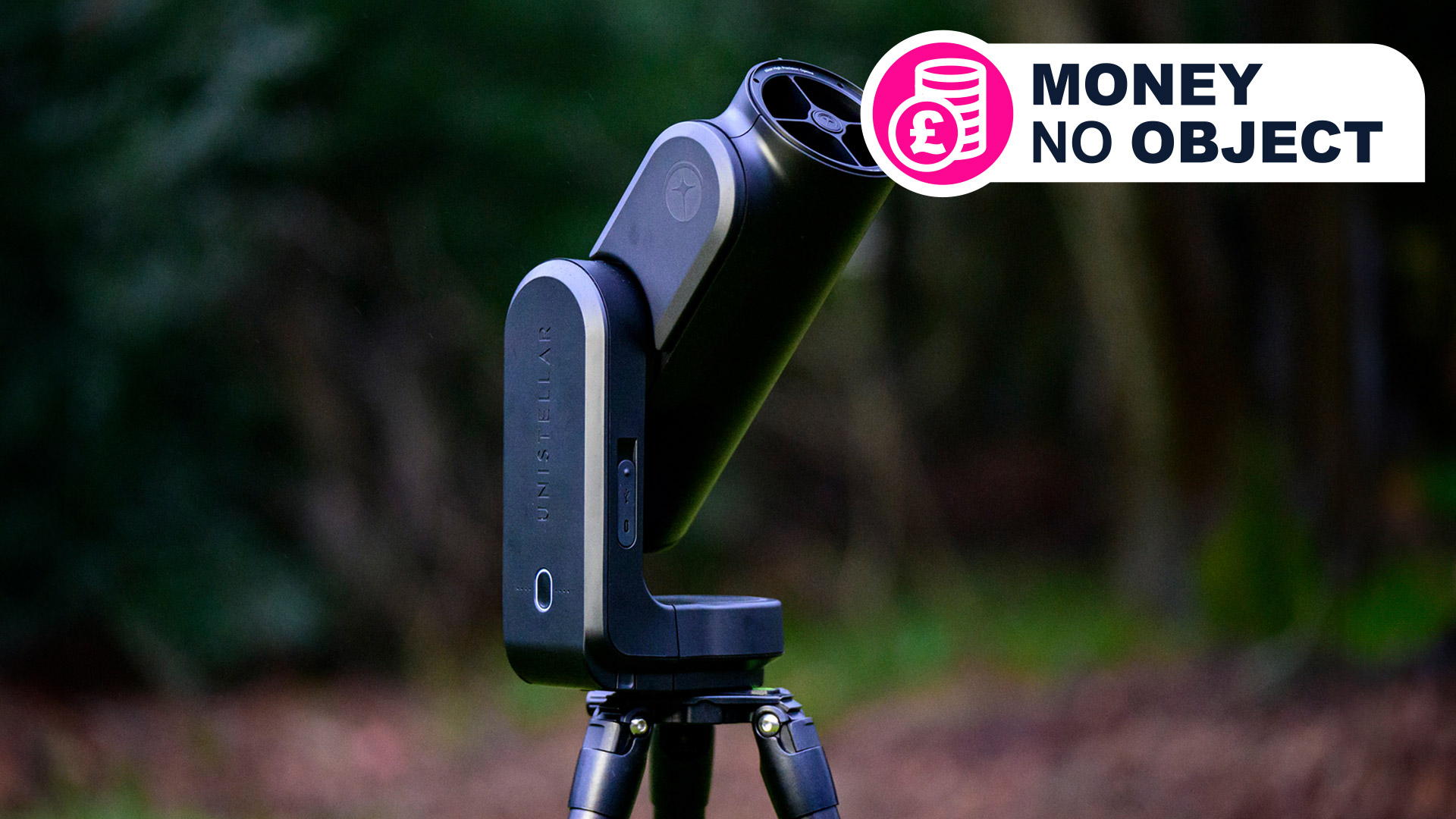
I’m out in the countryside on a cold clear winter’s night, there's a waxing crescent moon and the stars are vividly bright. Why am I standing around slowly freezing? It’s because I have the Unistellar Odyssey Pro smart telescope and it’s my first night out stargazing with it.
We love to give practical buying advice about the latest gadgets here on TechRadar. But sometimes what we love more is to indulge in the most ridiculous, high-end, cutting-edge, luxurious tech on the planet. That's what we bring you in these Money no object columns – you can read the whole series here.
Unistellar’s latest product range is part of a new breed of ‘smart’ telescopes. Odyssey and Odyssey Pro were announced at CES 2024 and they’re pretty pricey – the pro version I have, which includes an eyepiece, is $3,999 / £3,499, while the standard eyepiece-less version costs $2,499 / £2,199.
What smart telescopes do is make stargazing easier than ever and Unistellar’s new range is child’s play compared to traditional telescopes, even for someone like me with limited telescope experience.
Boasting cutting-edge 'smart star finder' tech and high-quality Nikon optics, the Odyssey Pro is designed for both near- and deep-space viewing, either through its eyepiece or from your paired device – even from the comfort of your sofa. Smart truly is the word, as I was soon to find out.
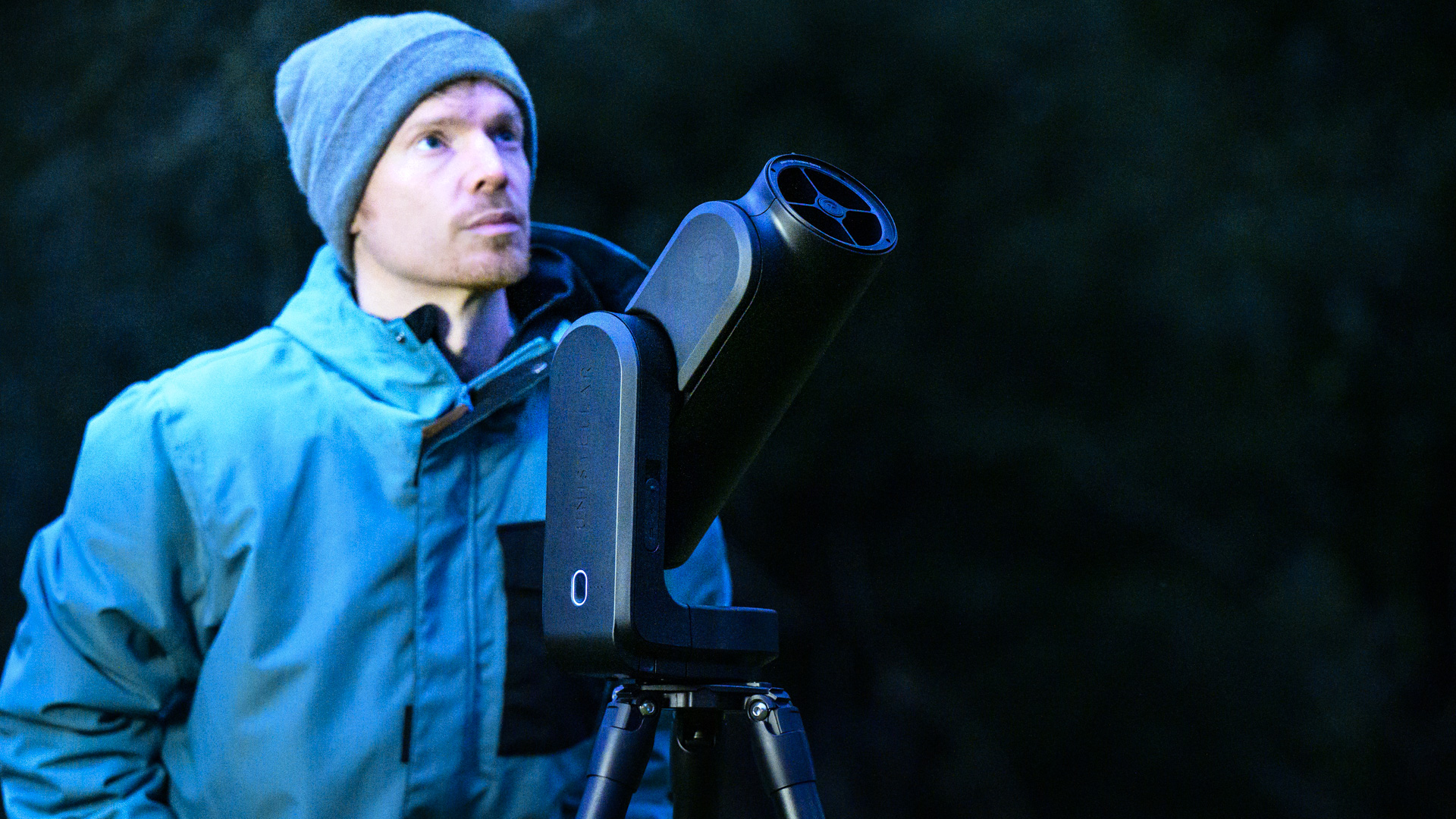
Up and in awe in minutes
Establishing a wireless connection with a camera is rarely a smooth process, but the Unistellar Odyssey Pro is an altogether different experience. Download Unistellar’s app, which is available for iOS and Android, pair your device with your smart telescope in the app, configure the telescope's location, then hit ‘Watch’ and away you go.
The app guides you through the simple process, and lists the solar systems, galaxies, stars and nebulae that are viewable from your position at that moment in time. From my position and hour, the M42 Great nebula in Orion and Jupiter were the obvious big hitters to zone in on.
After picking the celestial body you’d like to observe, the Odyssey Pro automatically finds it for you in the night sky using what Unistellar simply calls a 'smart star finder'. I started with the M42 nebula and after a minute ‘slewing’, a white dot appeared on my phone’s display and through the scope's eyepiece – an undeveloped image of the nebula.
Get daily insight, inspiration and deals in your inbox
Sign up for breaking news, reviews, opinion, top tech deals, and more.
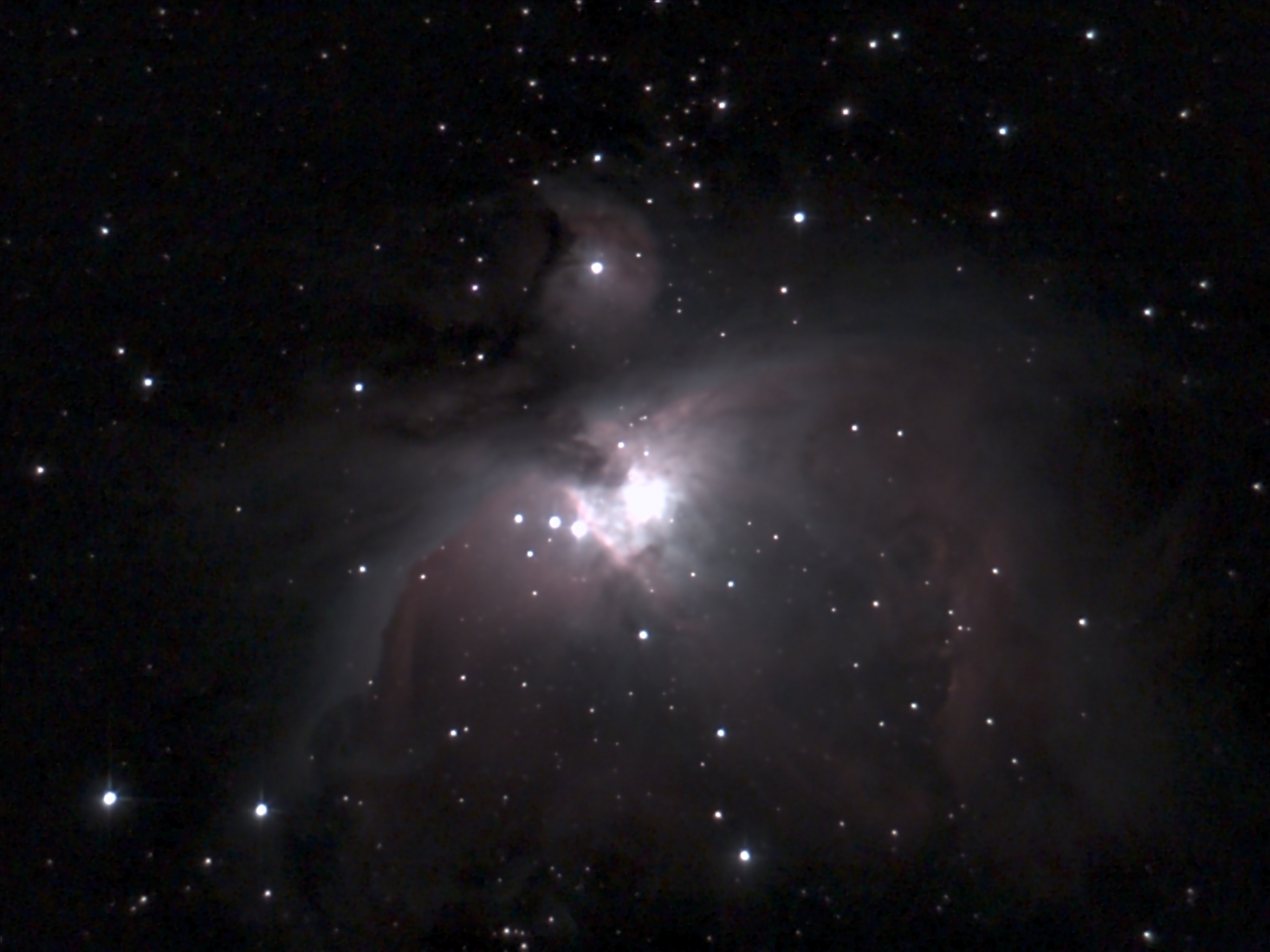
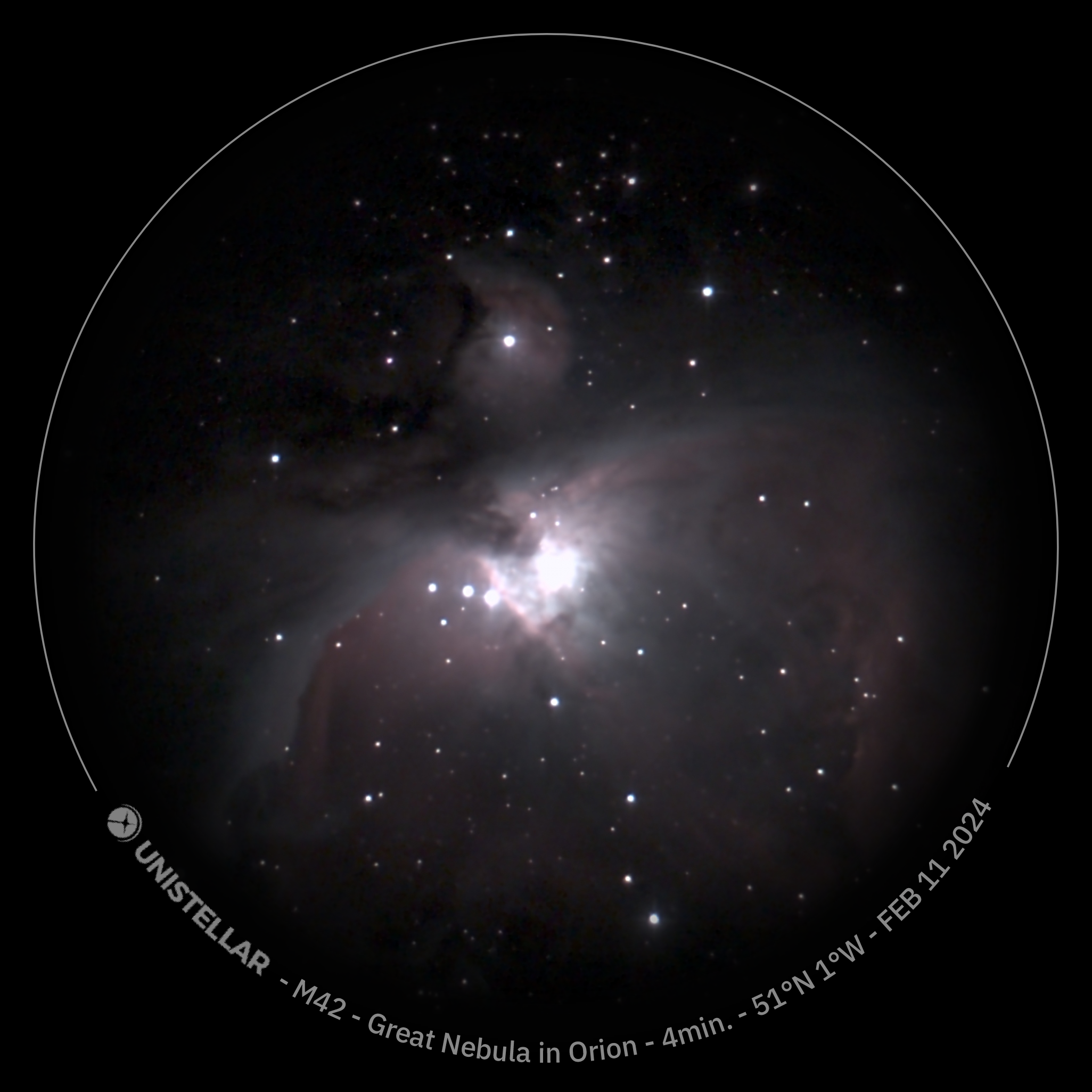
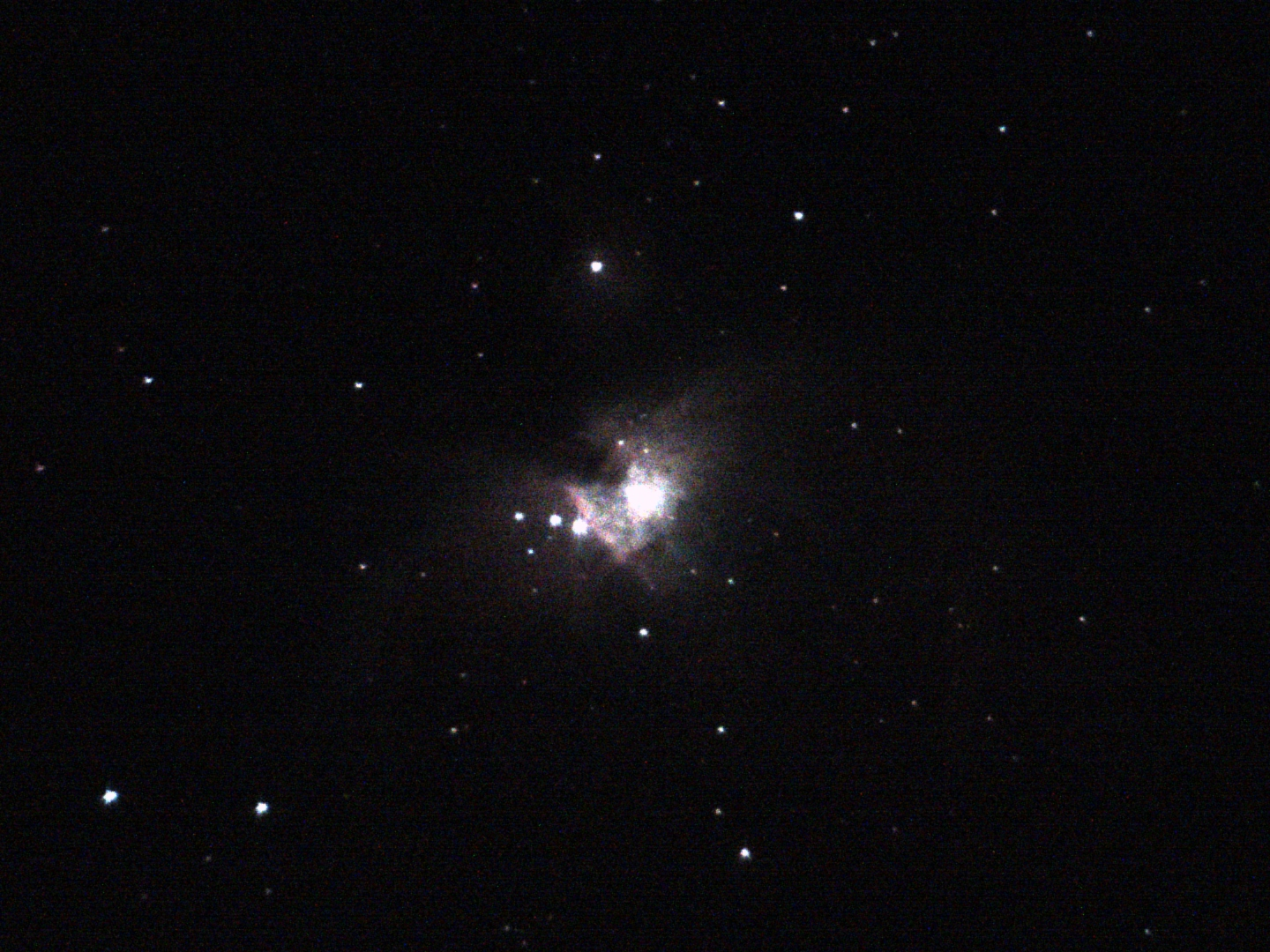
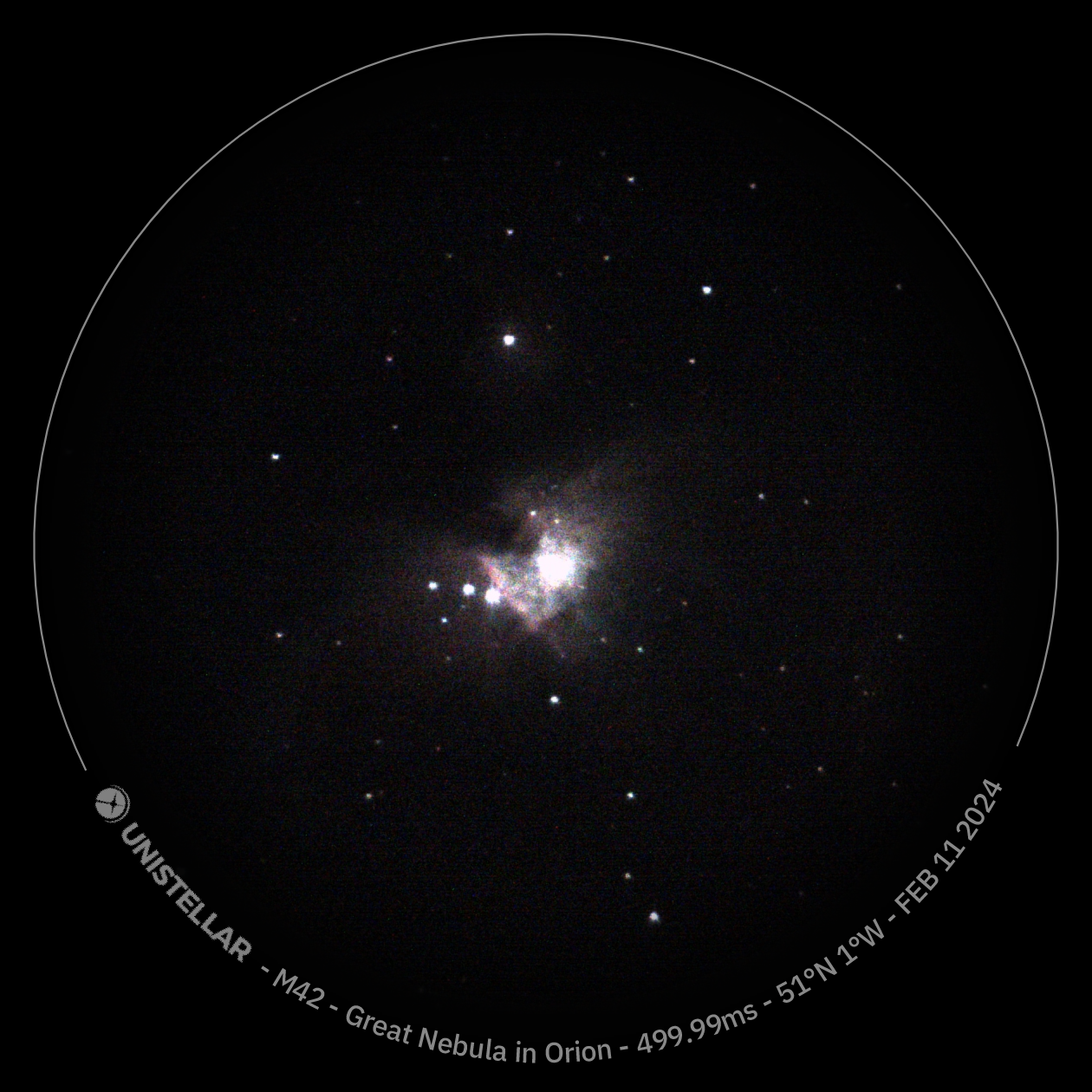
To develop the image, there’s a timer that essentially does a long exposure photo. Once you start the timer, more detail appears in your display. For observation of the M42 Great nebula in Orion I found around two minutes was enough to get a fully developed image, but for the best quality photos – the Odyssey Pro can shoot 4.1MP JPEGs – you’ll probably want a much longer exposure, especially for less active objects.
Connection between the cleanly designed Odyssey Pro and my smart device proved quick and reliable, and the app works seamlessly. From getting started to being wowed by the vastness of deep space takes a matter of minutes even for a newbie. It’s all very impressive.
Around 5,000 celestial bodies on demand
Unistellar has created a super-informative app, with detailed information for up to 5,000 celestial bodies. While the scope is fine tuning its aim using its built-in star tracker tech, you get the headlines on screen about your chosen solar system, galaxy star or nebula. Swipe down your screen and there’s pages of info.
Unless you’re a seasoned astronomer or astrophotographer, you’ll probably want to soak this info in. Enjoying the image is one thing, but absorbing the information about it really hits home. I learn that the M42 Great nebula in Orion is 1,344 light years away. Although light years is technically a method of calculating vast distances, it also helps us understand the time taken for light to travel to you in that moment. The image of M42 that I'm looking at in the moment is from 1,344 years ago. Mind blown.
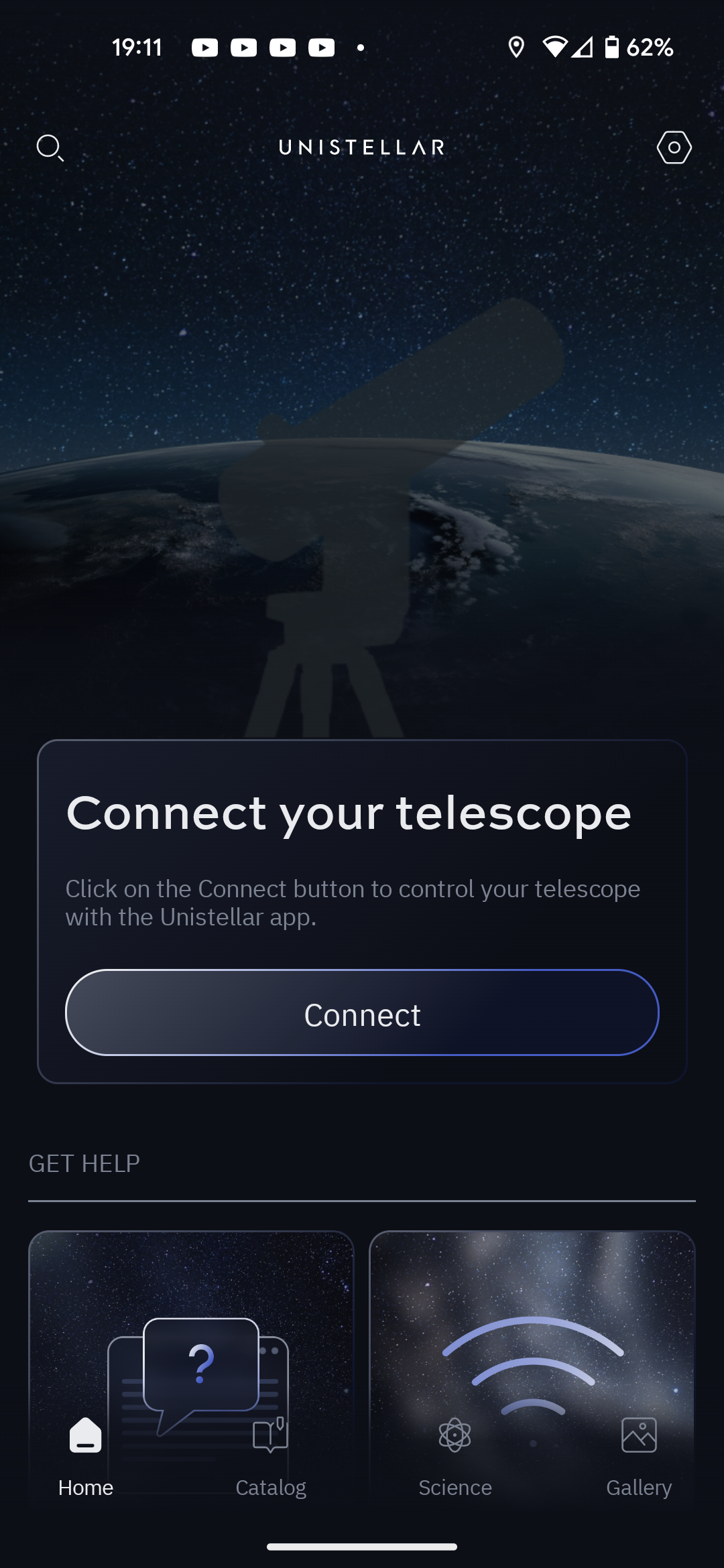
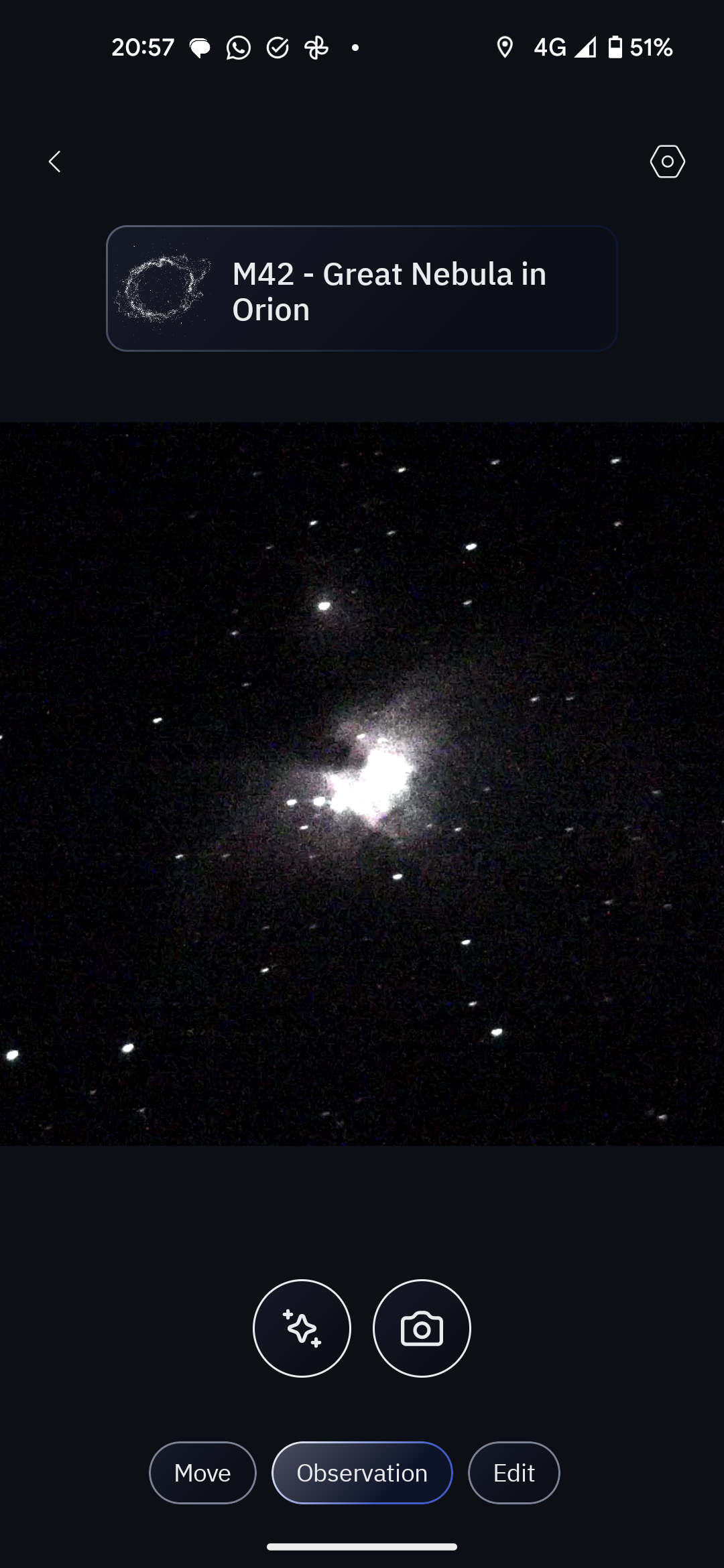
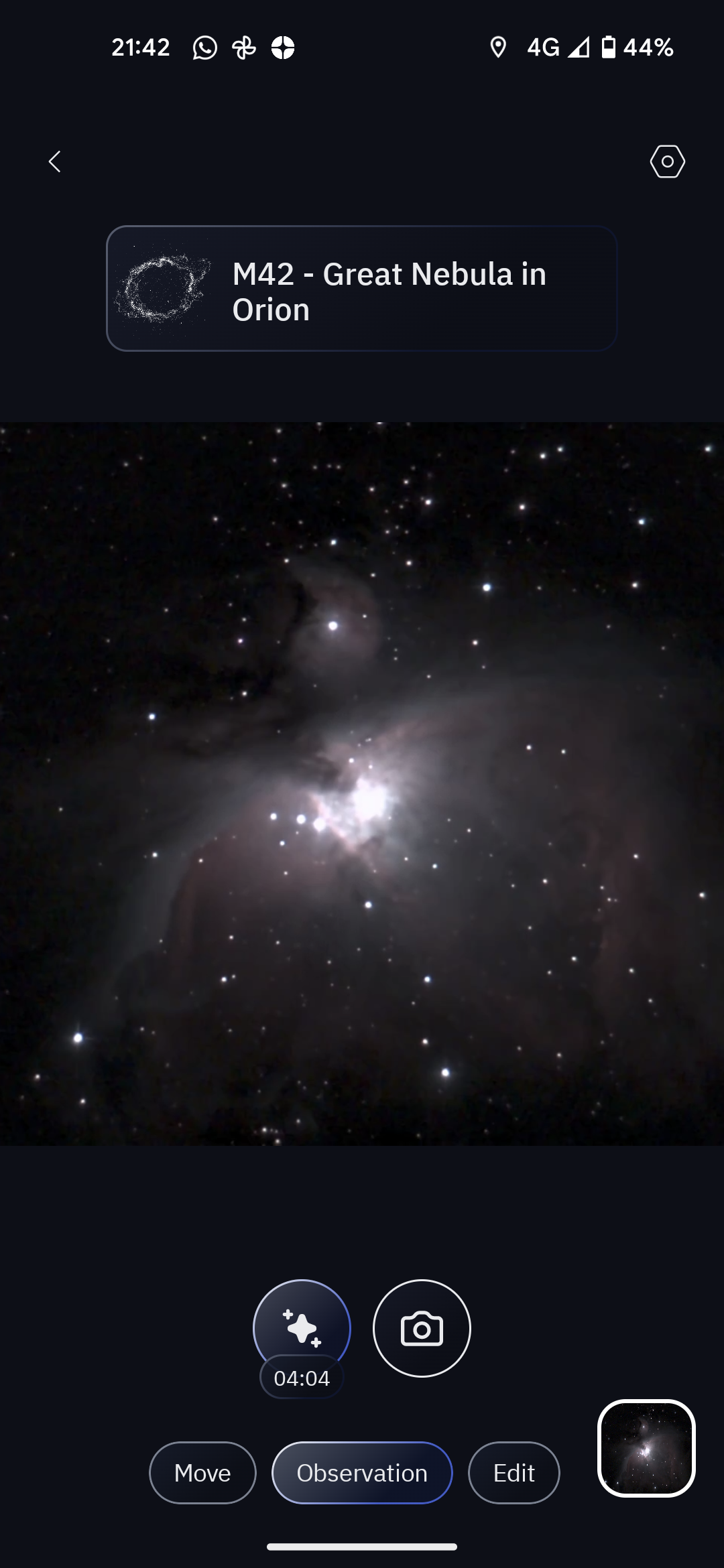
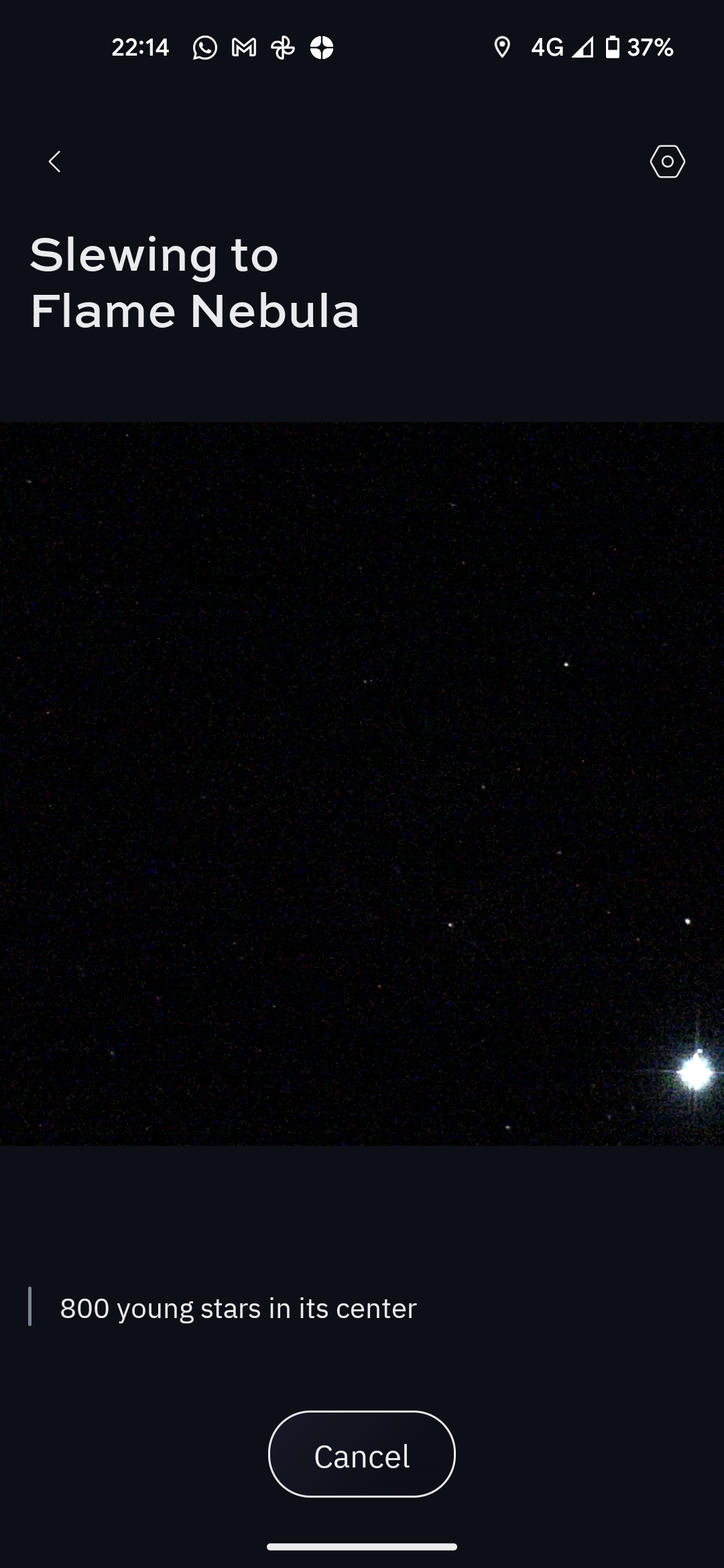
After M42 I zone in on Jupiter, which can be seen from Earth without a telescope as one of the brightest objects in the night sky. The Jupiter image produced by the Odyssey Pro is tiny, and I can imagine following prolonged use that I'd wish to see a more detailed image of such things.
Photo resolution is also rather modest for a $4,000 / £3,500 telescope – the Odyssey Pro shoots 4MP JPEGs. Even some cheap smart telescopes such as the crowdfunded Vaonis Hestia will shoot at around 2MP. That said, at around 14.3lbs/6.5kg for the combined kit, including the supplied tripod, it's gear that can easily be moved around.
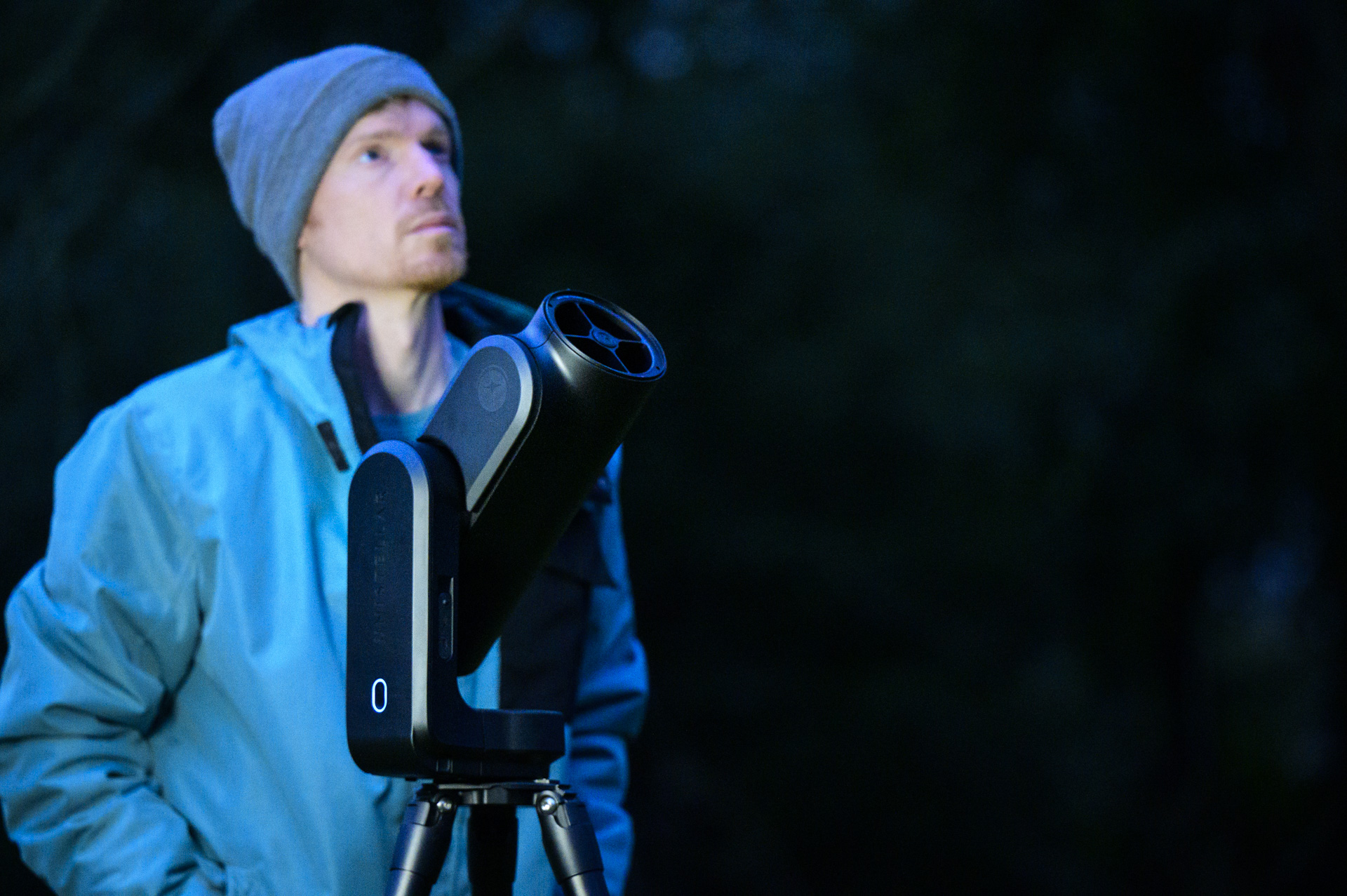
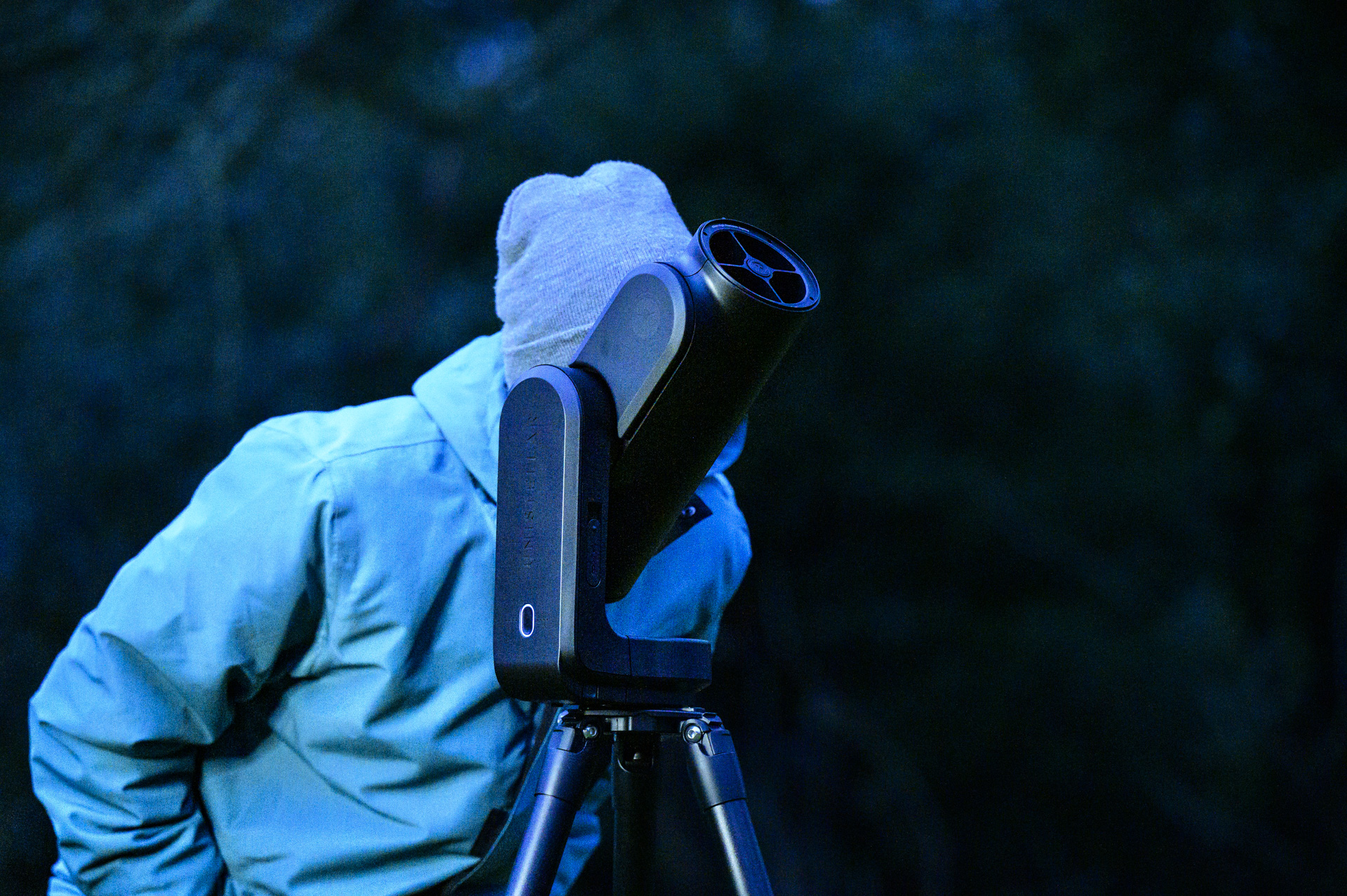
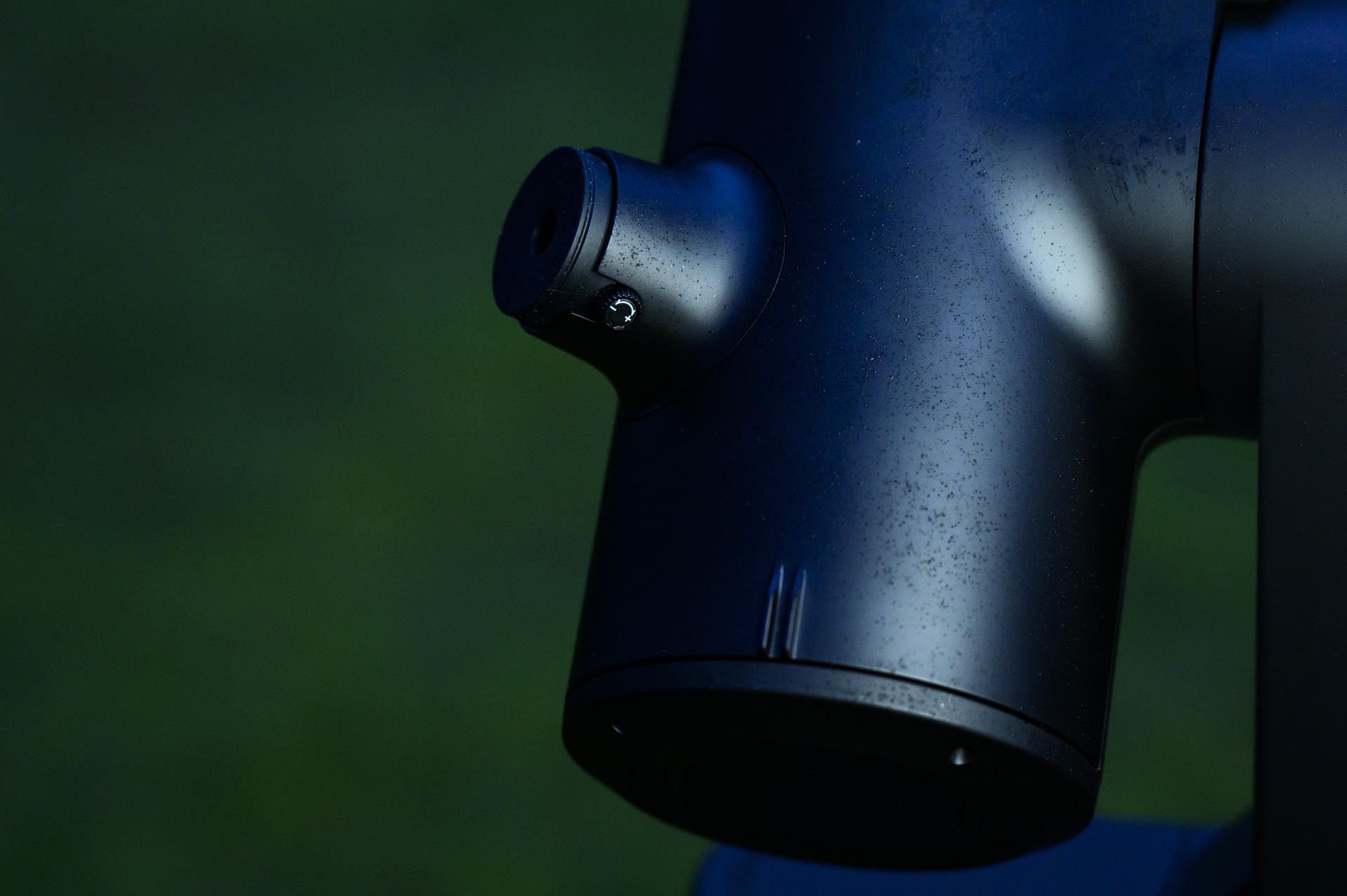
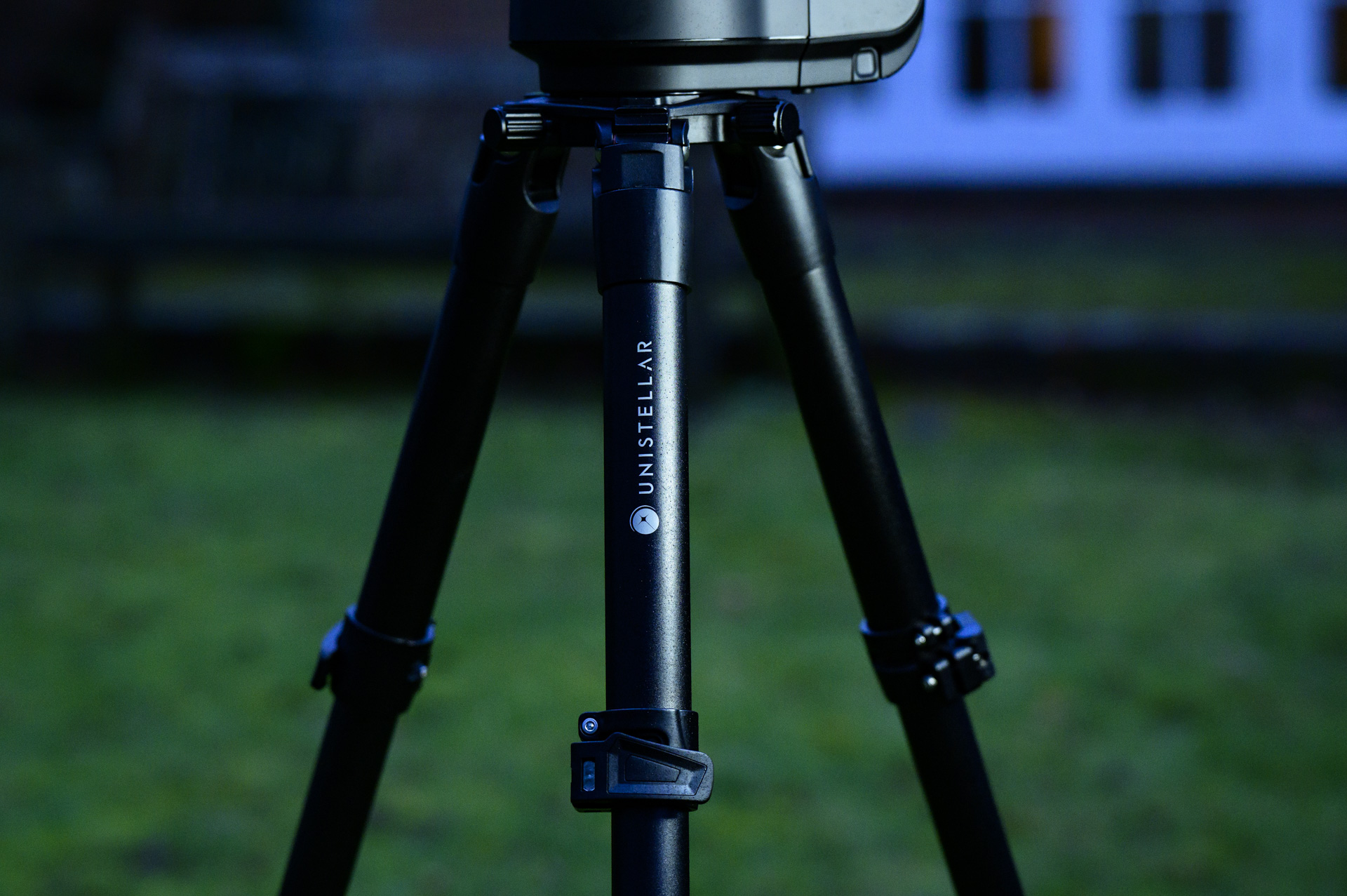
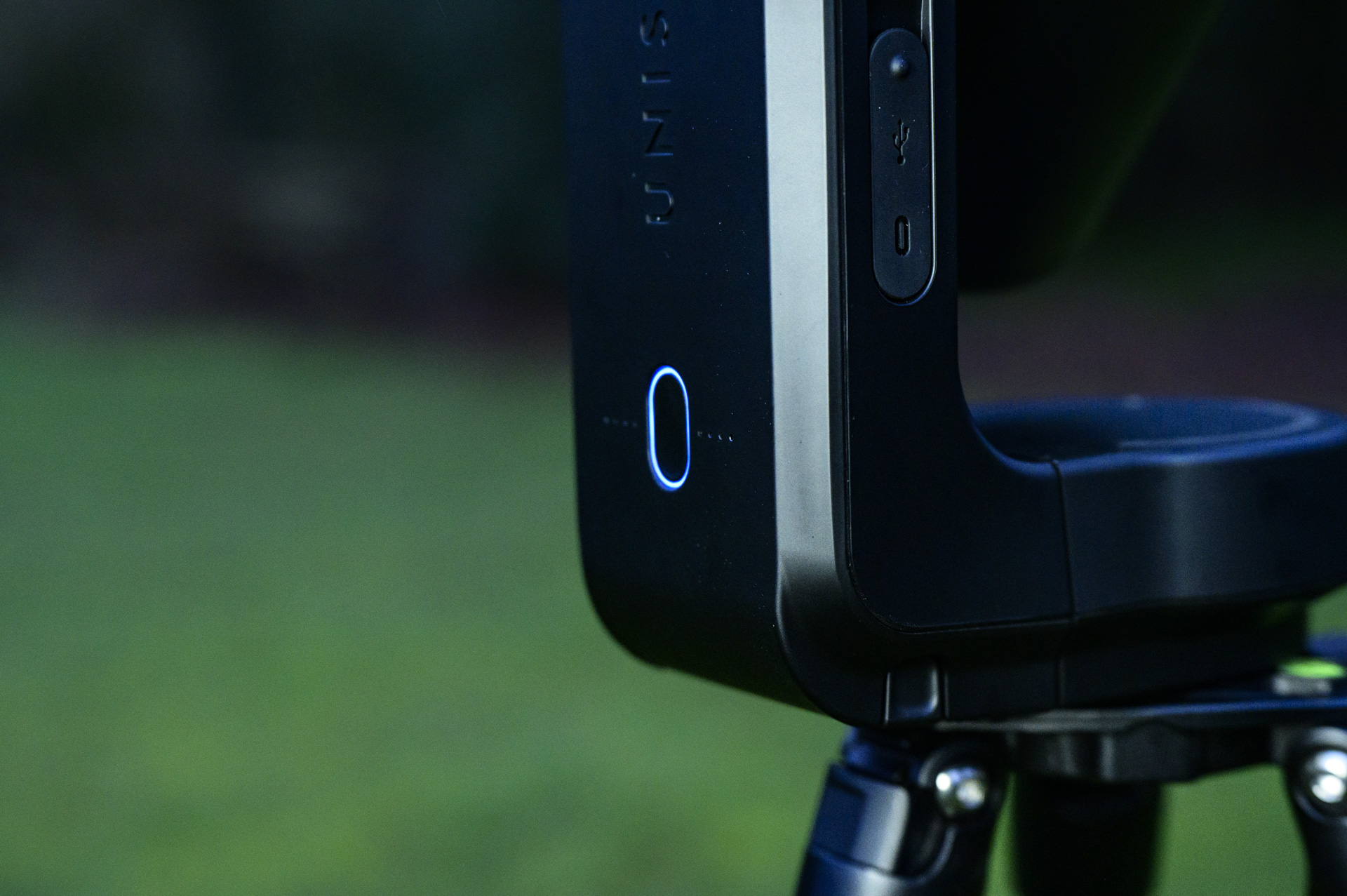
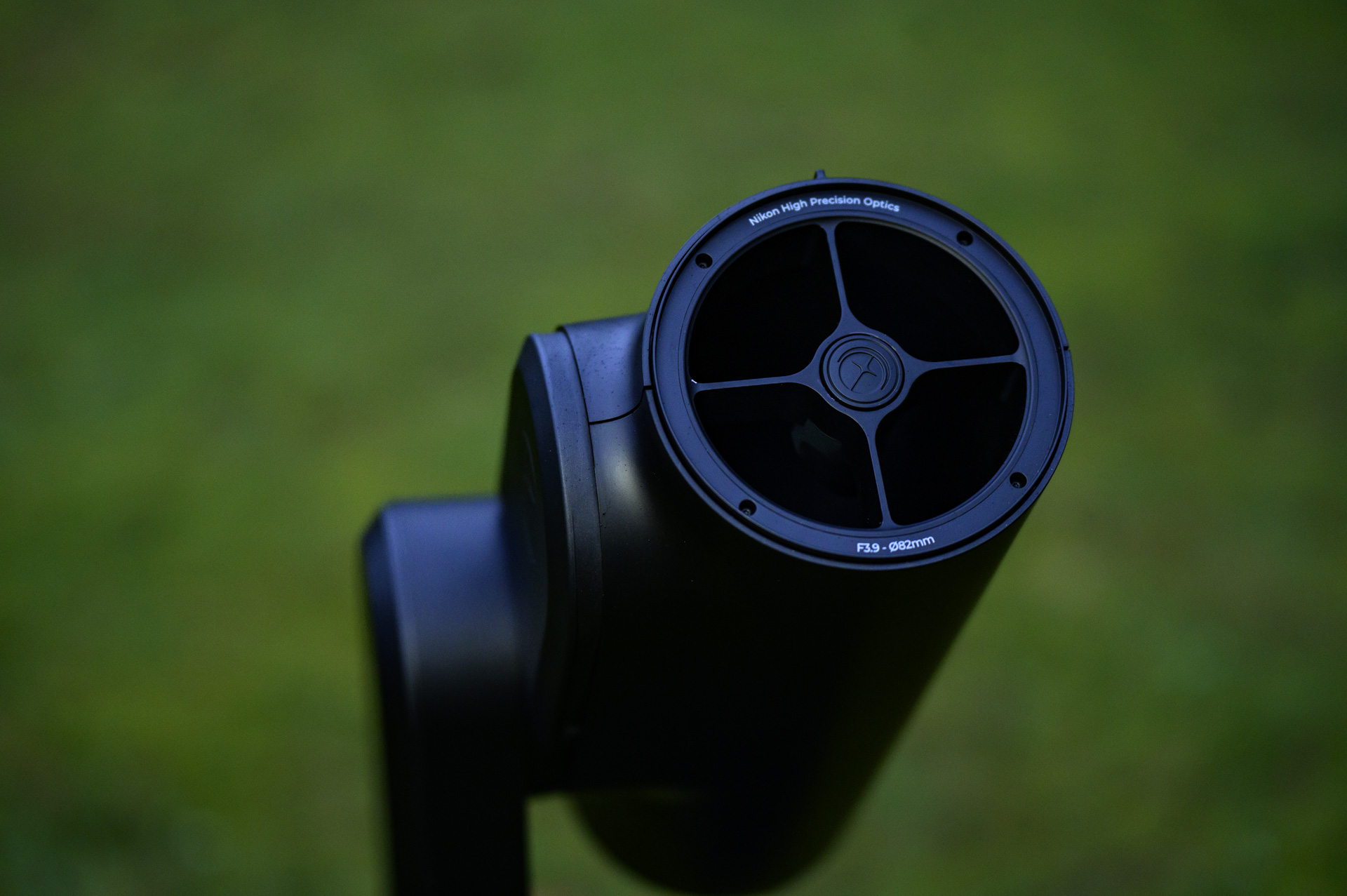
Are smart telescopes too easy?
With the process so quick, smart telescopes in general are almost too easy. I remember fine-tuning a friend’s traditional telescope over a long time to locate and to track an easy-to-find nebula. There was heightened pleasure in the pursuit and the challenge. The Odyssey Pro does the hard work for you and within a minute, without your own intervention, it’s pointing and tracking your chosen celestial body.
Photos are automated, too. The timer does its thing and you can select any moment during the long exposure to take a photo, however many times you like. You can fine tune the photo with exposure compensation to make the image lighter or darker, and make micro adjustments to the composition if you’d rather the object wasn't centered.
This is stargazing and astrophotography made easy, but I think beginners will continue to find interest in this nighttime hobby. Throughout different times of the year there are new objects to look at based on your location, so you won’t get bored. And if this is your introduction to deep space, then it’s a fast track to greater knowledge and actual experience.
If you’re looking for smart tech with a difference, then this telescope is fun, easy, and most importantly... it's a window to the awe-inspiring distant celestial wonders.
You might also like

Tim is the Cameras editor at TechRadar. He has enjoyed more than 15 years in the photo video industry with most of those in the world of tech journalism. During his time as Deputy Technical Editor with Amateur Photographer, as a freelancer and consequently editor at Tech Radar, Tim has developed a deeply technical knowledge and practical experience with cameras, educating others through news, reviews and features. He’s also worked in video production for Studio 44 with clients including Canon, and volunteers his spare time to consult a non-profit, diverse stories team based in Nairobi. Tim is curious, a keen creative, avid footballer and runner, and moderate flat white drinker who has lived in Kenya and believes we have much to enjoy and learn from each other.